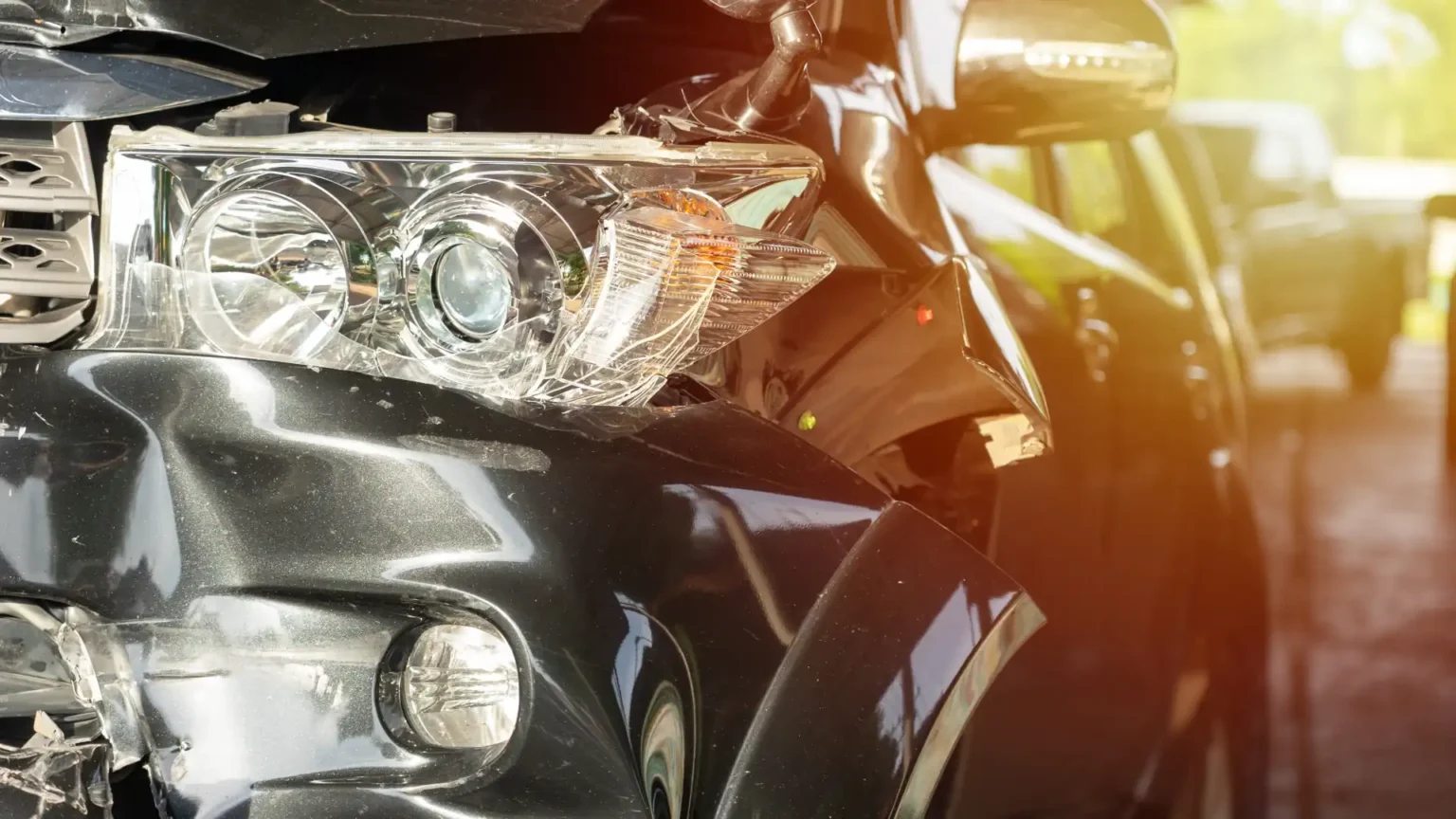When buying a car in New Zealand, safety should be one of your top priorities. Whether you’re purchasing new or used, understanding a vehicle’s safety rating can help you make a smarter, safer choice for yourself and your passengers.
But what exactly do these safety ratings mean? How are they determined, and why should they matter to you? In this article, we’ll break down the essentials of vehicle safety ratings in New Zealand to help you make an informed decision.
What Are ANCAP Vehicle Safety Ratings in NZ?
The Australasian New Car Assessment Program (ANCAP) is an independent authority that rigorously tests and rates the safety of new vehicles entering the market in New Zealand and Australia. With no ties to the government or car manufacturers, ANCAP provides unbiased safety ratings that Kiwis can rely on. Vehicles are awarded a star rating based on a series of crash tests and safety assessments, with five stars being the highest rating and one star the lowest.
According to ANCAP, “People are twice as safe in a 5-star vehicle than a 1-star vehicle.” This statistic alone highlights how critical it is to consider safety ratings when choosing a car.
How Are ANCAP Ratings Determined?
ANCAP safety ratings are based on several key factors, which together give a comprehensive picture of a vehicle’s safety performance:
• Occupant Protection: How well the car protects passengers in the event of a crash. This includes protection for both front and rear occupants in various collision scenarios.
• Vulnerable Road User Protection: How likely the vehicle is to cause injury to pedestrians or cyclists in a collision. This aspect has become more prominent in recent years as part of ANCAP’s commitment to broader road safety.
• Safety Assist Features: Active safety features that help prevent accidents from occurring in the first place. Examples include anti-lock braking systems (ABS), lane-keeping assist, and autonomous emergency braking (AEB).
To determine the rating, ANCAP conducts a series of physical crash tests, including front-impact, side-impact, and pedestrian collision simulations. The vehicle’s performance in these tests, along with the presence of active safety features, determines its final star rating.
These rigorous tests mean that ANCAP safety ratings provide Kiwi drivers with transparent, independent insights into how safe a vehicle really is on the road.
How Safety Ratings Should Influence Your Vehicle Choice
Understanding safety ratings is only the first step—knowing how to use this information when buying a car is crucial. Here are some key tips to help you make the best choice:
1. Look for the Safety Rating Label
When buying a vehicle, always check its safety rating. While dealers are required to display this information on new vehicles, you may not see it on used vehicles sold privately. If you can’t find the rating, you can search for it on the RightCar website, which is managed by the New Zealand Government. Ideally, look for cars with a 4- or 5-star rating to ensure maximum safety.
2. Check the Rating Date
The ANCAP testing standards are continually updated to reflect advancements in vehicle safety technology. This means that a 5-star rating from ten years ago may not meet today’s standards and could be closer to a 3- or 4-star rating by current measures. When evaluating a car, consider how recently it was rated and whether it includes modern safety technology.
For peace of mind, look for vehicles equipped with these essential features:
• Driver and passenger airbags
• Side airbags
• Strong structure with crumple zones and a reinforced passenger cage
• Electronic stability control and other driver aids like lane-keeping assist and autonomous emergency braking
• If a vehicle lacks these features, it may not meet current 5-star safety standards.
3. Inspect the Condition of the Car
A high safety rating is only meaningful if the vehicle is in good condition. Even a new car off the lot can sometimes have mechanical issues, so it’s wise to have any vehicle checked by a qualified independent mechanic before you buy it. This is especially important for used vehicles, as previous wear and tear can affect the car’s safety performance.
Why Vehicle Safety Ratings Matter for Kiwi Drivers
The importance of vehicle safety ratings in New Zealand cannot be overstated. With transparent and independent safety assessments available through ANCAP, Kiwi consumers have valuable information at their fingertips to help them make safer vehicle choices. As safety standards continue to evolve, drivers can rely on these ratings to guide them towards cars that will protect them and their passengers on the road.
When it comes to buying a car, don’t just look at the price, performance, or style—make sure you’re also considering safety. A well-rated car can make all the difference in protecting you, your family, and other road users in New Zealand’s diverse driving conditions.




